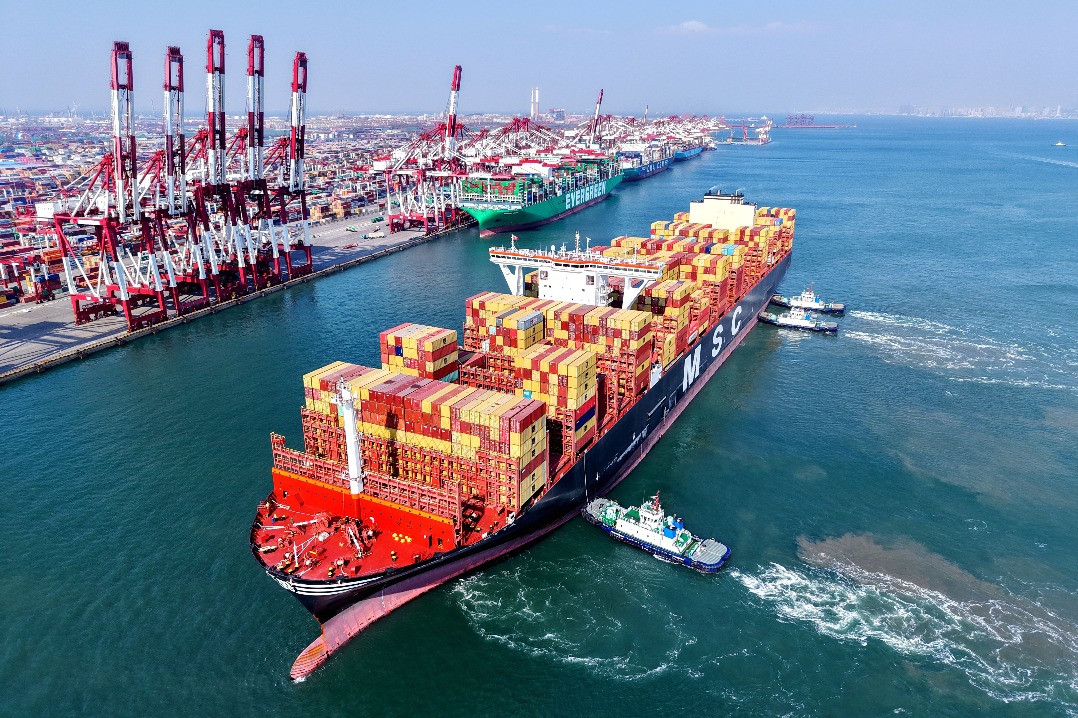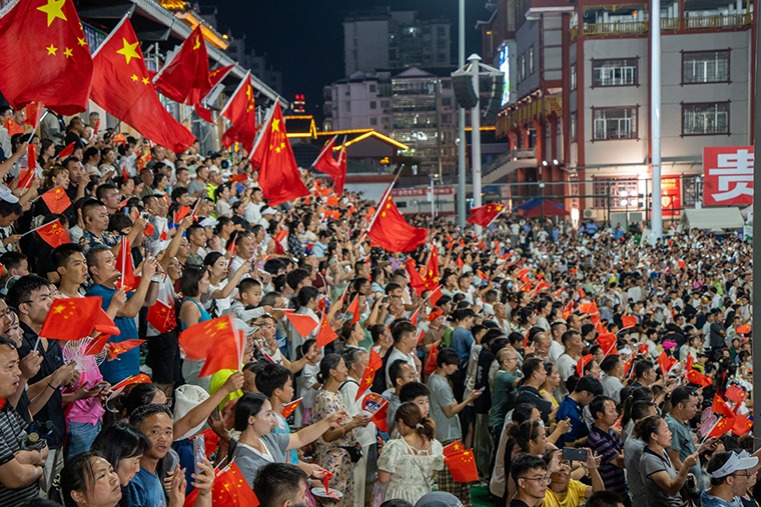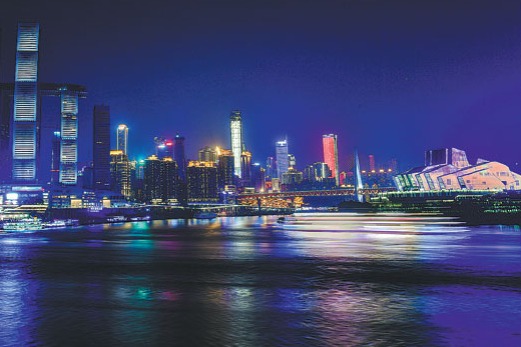Hainan opening-up gateway in the new era


The central government and the Hainan provincial government recently announced that the Hainan Free Trade Port will begin independent customs operations across the island province on Dec 18, 2025. Coinciding with the 47th anniversary of the third plenary session of the 11th Central Committee of the Communist Party of China in 1978 that launched reform and opening-up, the move shows China’s commitment to higher-standard opening-up in the new era.
The idea behind the move is to promote trade liberalization and institutional innovation. Under the new policy, Hainan will implement a broader zero-tariff regime, increasing the scope of zero-tariff goods from the current 1,900 to about 6,600 tariff lines, covering about 74 percent of all tariff lines.
A negative list management system, too, will be established, covering all island-based market entities importing goods, significantly reducing import costs of enterprises as well as boosting Hainan’s competitiveness as a global investment, trade and logistics hub.
Despite all this, traveling to Hainan for business, tourism or family visits will remain as convenient as before. By facilitating the efficient flow of goods and the free movement of people, the policy framework reflects the advanced and open institutional design of Hainan’s free trade port.
The independent customs operations offer more attractive tax incentives, including a flat 15 percent income tax rate for both corporations and individuals, and the broad, business-friendly policy reduces operational costs, with total estimated tax cuts reaching tens of billions of yuan.
Hainan has also extended its tariff exemption policy island-wide to cover value-added processing, making it a prime hub for processing trade, and creating the right environment for attracting global manufacturers, spurring industrial clusters, and accelerating structural upgrading.
Besides, higher duty-free shopping quotas for visitors is set to boost consumption, expediting Hainan’s rise as an international tourism and retail hotspot. The impact of the independent customs operations will be felt beyond the region, advancing China’s overall institutional opening-up, with institutional innovations and policy pilots creating higher-standard reform and opening-up models that can be applied nationwide.
Hainan is expected to emerge as a new magnet for global high-end production factors, and develop a new development pattern, as the independent customs operations are likely to have a positive impact on global trade and capital flows. In fact, Hainan’s zero-tariff and competitive tax policies will prompt multinational corporations to establish their regional headquarters, procurement centers and offshore financial platforms on the island in order to optimize their global resource allocation.
Hainan is emerging as a vital link connecting China with the Asia-Pacific, Southeast Asia and South Asia. Leveraging its strategic location and enhanced free trade regime, Hainan is poised to become China’s “gateway to both the Pacific and Indian oceans”, significantly strengthening the country’s leadership in regional economic cooperation.
Hainan’s higher-standard opening-up is expected to set an example which other developing countries can learn from. Amid rising protectionism worldwide, Hainan’s inclusive approach to global economic governance shows China’s commitment to promote an open world economy.
The island province is also poised to form a synergistic development framework with the Guangdong-Hong Kong-Macao Greater Bay Area by combining its zero-tariff and low tax-rate advantages with the GBA’s strength in manufacturing, technologies and talents. This alignment will promote the coordinated development of various sectors across both regions.
For instance, Hainan’s expanded duty-free policy and enriched products will help unleash the full consumption potential in the GBA, whose residents could be the main consumers of the island province’s goods and services, accelerating regional retail upgrading and service sector growth, and creating new expansion avenues for the GBA.
Also, the two regions can deepen collaboration in high-end healthcare, international education, offshore financing, cross-border e-commerce and other emerging sectors, creating a “southern opening-up corridor”, and their enhanced cooperation in shipping, logistics, and free trade rules could help build a high-end open economic belt.
While Hainan’s rise will increase the competitive pressure on the Hong Kong Special Administrative Region, it will also motivate the SAR to intensify its institutional reforms and sharpen its competitive edge by leveraging its strengths in international finance, legal services, and talent cultivation to form a fruitful partnership with the island province. For instance, Hong Kong could participate in Hainan’s financial pilot program to jointly advance the offshore renminbi business while exploring joint opportunities in fields like international arbitration and high-end healthcare.
Hong Kong should also intensify institutional innovation and expedite the integration of local policies with national policies, using Hainan’s opening-up dividends as new growth opportunities. By collaborating with Hainan to build a global-oriented free trade demonstration zone, the SAR can further consolidate its position as an international finance and logistics hub.
Hainan’s independent customs operations are set to usher in a new chapter in China’s opening-up, while showcasing China’s institutional innovation capacity amid global economic challenges. By further opening up Hainan island to the outside world, China is developing a new growth point and integrating with the global economy. And by deepening its institutional opening-up, Hainan is poised to emerge as a premier global investment destination and a flagship of China’s higher-level opening-up.
The author is the dean of the Belt and Road Research Institute at Hainan University and chairman of the China Silk Road iValley Research Institute.
The views don’t necessarily reflect those of China Daily.

































